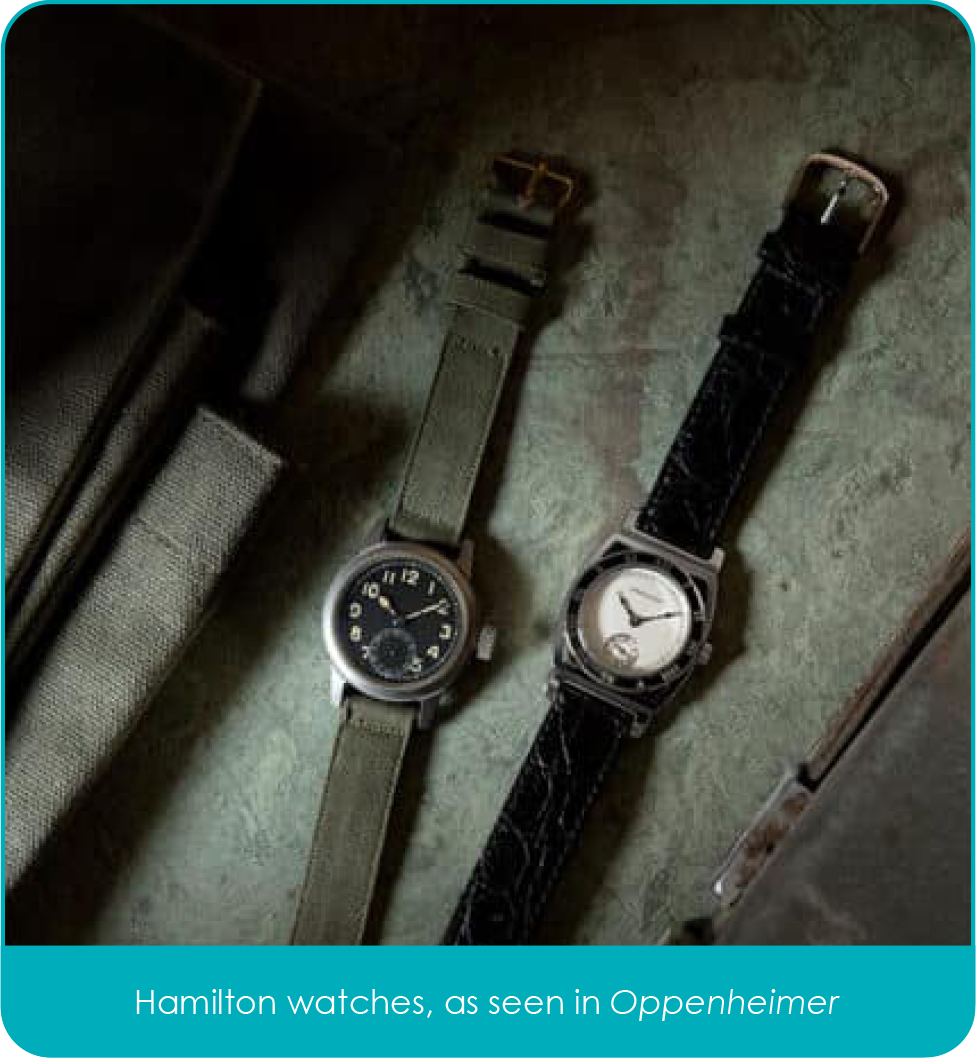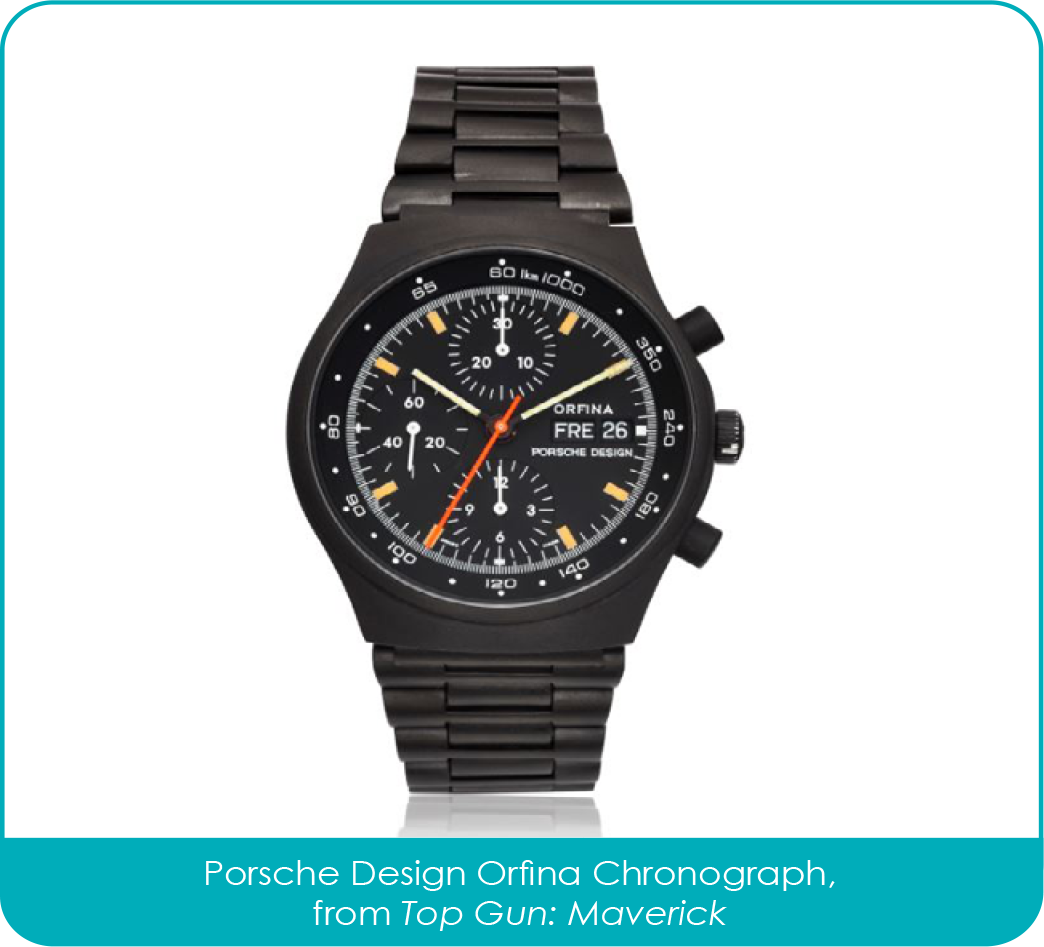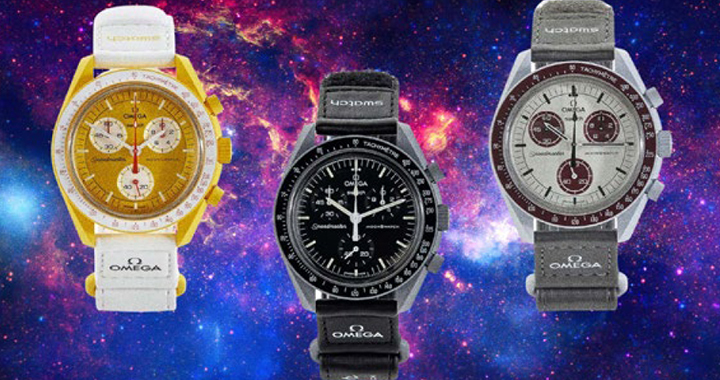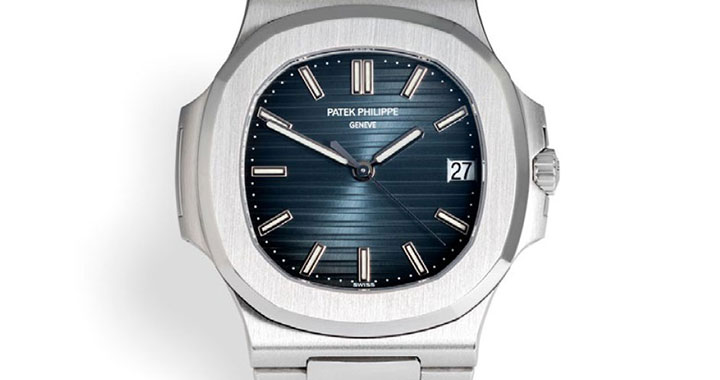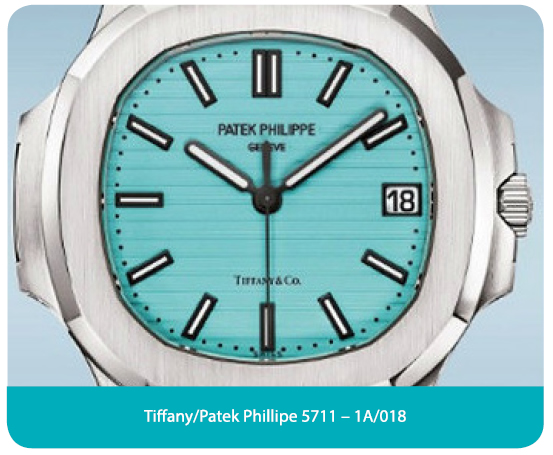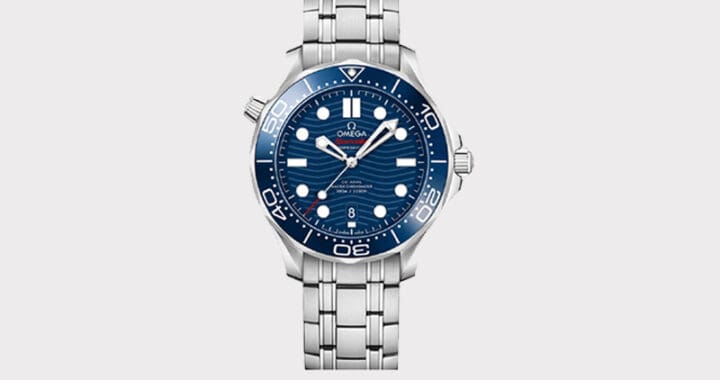In the watch world, Swatch holds one of the most unique positions possible, not only do they manufacture some of the coolest affordable watches that you can buy, causing worldwide pandemonium for the latest model, but they still are a watch maker first and foremost still forging ahead with technology and creating new visions in horology – also, in doing so becoming one of the most successful brands not just of watches, but of luxury goods owning such iconic brands as Omega, Blancpain, Breguet and Harry Winston.
So where did Swatch start?
Whilst most horological big names will be able to quote 19th century dates and locations, Swatch became a watchmaker in 1983, and really as a reaction against the quartz crisis of the 1970s and 1980s that saw many of the big names in horology to the brink. You may gasp, but many of the big names that I talk about regularly almost sank into obscurity after mechanical watches fell out of favour during this period – Even Rolex had to resort to producing a battery powered watch, although even this now is very collectible.
One of the keys to their continued success is knowing their place in the market, never one to take on the brands that people long for, even their name actually meaning ‘second watch’ indicates that whilst not throw away items, they can be worn as fashion pieces and with such collaborations that would mean so.

Swatch in 2024 is the brand that everyone can wear, from somebody that just wants an inexpensive reliable watch, to somebody that wants a cutting edge design piece, with some serious style and street credentials.

The last couple of years have seen collaborations at the forefront of the brand’s successes, but actually they have been doing this from the very start, with watches in the 1980s inspired by Picasso, Keith Haring and many other artists all forming an important part of their history, and whilst you will have read about the recent work with Omega and Blancpain, some of the most interesting items have come recently from galleries and individual artists, with licensed watches sporting famous paintings by Botticelli from the Ufizzi gallery in Firenze, and Basquiat, Lichtenstein, Magritte and many others all appearing recently, with what I think is a very usable function – Swatch Pay, the ability to connect your credit cards with a watch that looks to all intents and purposes as far removed from an Apple Watch as is possible.

In the past few weeks, in addition to these great names we have seen a collaboration with the Tate Museum, giving us the opportunity to purchase some great watches with colours and designs that virtually explode from the wrist, now they are certainly not for the faint of heart, but in my opinion present a great opportunity to own a watch with designs by Leger, Chagall, Miro, Matisse, Turner and more…If none of the fine art subjects appeal, the ranges are endless with basic colourful watches featuring many different subject matters and if you really are stuck – Homer Simpson eating a donut…what other brand could possibly present so many options!














